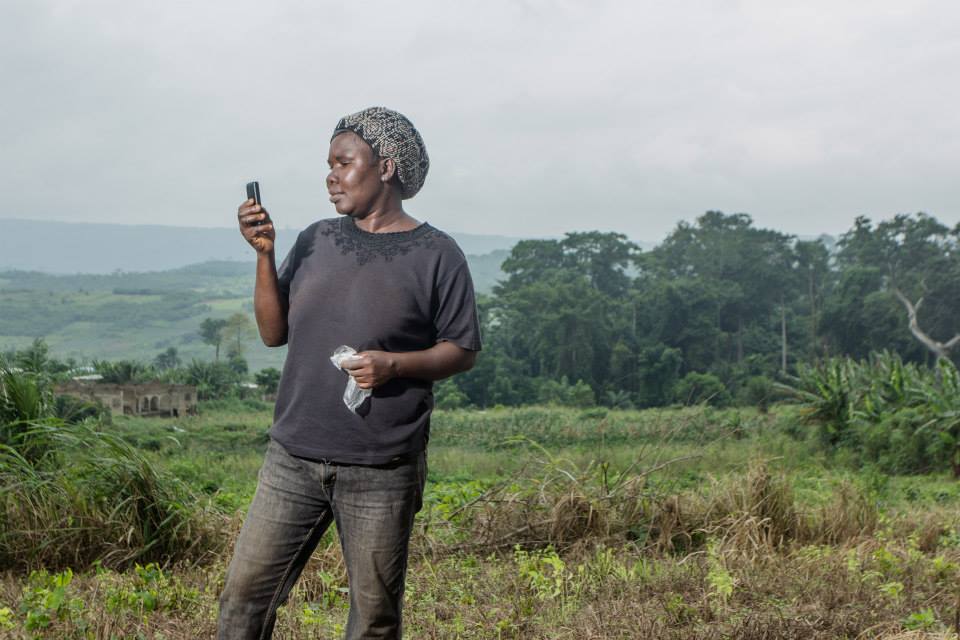When Operations Equal Value Creation: Process innovation up and down value chains can leap the ‘voids’ in BoP markets
From 2003 to 2010, Sherrill Dale, program coordinator at Santa Clara University’s Global Social Benefit Institute (GSBI) and I worked closely with the World Bank Development Marketplace (WBDM) as a pipeline partner. Our mission was to identify potential incubator fellows, and it was during one of my years as a WBDM judge that I had an epiphany.
Here I was, a guy from Silicon Valley, and less than 10 percent of the 100-plus finalists represented organizations with innovations that had anything to do with technology. A few, like 2009 GSBI alum Smallholders Farmers Rural Radio in Nigeria, had appropriated technologies that were not necessarily leading edge—in this instance, a combination of radio and Internet for communicating indigenous and scientific knowledge. Instead, what distinguished finalist candidates was, for the most part, process innovation. Less than 30 percent had developed what could be considered product or service innovations, while fully 60 percent of finalists represented ventures that were essentially selected on the basis of process innovations – or those affecting operating routines or work flow processes. In many instances their efforts involved bricolage or the use of locally available resources and low-skilled labor. One could posit that this involves making due by improvising within enormously constrained environments – and represented a relatively limited trend. In reality what we were witnessing then (and in the example of a small number of enterprises like Smallholders Radio) was just the first of several new waves of innovation driven by constraints.
Fast forward to the GSBI Accelerator in 2014 and the work of organizations like Esoko, Medical Technology Transfer Services (MTTS), and iKure. What we are observing today is significantly greater levels of need-driven technology localization through network-based innovation. This is taking shape in the market making use of technology to significantly enhance African farmer incomes, in the design of affordable medical technologies to drastically reduce infant mortality in Southeast Asia, and in the development of integrated systems to connect the poor to quality health delivery systems in rural India — in the cases of Esoko, MTTS, and iKure, respectively. In each instance, process innovation in operations is the lynchpin in value creation. Business models are important, but in reality they are derived from the aggregation of value-creating processes. Put succinctly, operations = value creation in each of these exemplary ventures.
There are numerous and well documented voids that exist in base of the pyramid markets and their associated ecosystems—from the lack of established supplier networks or financing, to distribution, and the transaction capacity of one-to-one market exchange mechanisms in the informal economy. These voids require process innovation up and down value chains. They often require BoP ventures to become far more vertically integrated than their counterparts in developed markets. For example, organizations like Grameen Shakti and Ilumexico that provide solar home systems to off-grid communities must develop processes for gathering primary market intelligence data, product definition, partner selection, component acquisition, assembly, micro-provisioning and pricing, distribution, marketing, sales, collections, micro-financing customers, and after-market service.
 The list of process innovations required for the delivery of affordable eye care is similarly long for providers like Aravind and Sankara. They must innovate across processes for critical factors such as community and patient outreach; high volume screening, surgery and recovery; the recruitment, training and integration of para-skilled staff in radically re-engineered workflows; and tiered pricing models that enable the delivery of world class surgery to a majority of patients for free.
The list of process innovations required for the delivery of affordable eye care is similarly long for providers like Aravind and Sankara. They must innovate across processes for critical factors such as community and patient outreach; high volume screening, surgery and recovery; the recruitment, training and integration of para-skilled staff in radically re-engineered workflows; and tiered pricing models that enable the delivery of world class surgery to a majority of patients for free.
(Left: A woman uses a cell phone powered with Esoko mobile apps, which help connect businesses, NGOs and governments with farmers in Africa. Image credit: Esoko).
In addition, they must develop medical research partnerships, manufacturing and supplier alliances to reduce the costs of lenses, ophthalmology technology, medical supplies, and university collaborations to develop information technology applications for increasing the reach of delivery systems through telemedicine. As in off-grid energy, sustainable and scalable business models in health care can only be derived from value creation in these and other operations.
From the examination of numerous cases across other vertical sectors a similar story emerges. The DNA of successful BoP organizations can be found in innovative operating routines and their associated metrics and systems of accountability. These routines combine the efficiency and reliability of repeatable processes with the capacity for continuous improvement. They are executed by individuals who are carefully selected for fit with the organization’s mission—perhaps the most important value creating operating process of all.
This leaves us with some fundamental questions for examining the degree to which operations contribute to the sustainability and scalability of an organization:
-
Does each operation add value for beneficiaries?
-
Does each operation contribute to declining costs with volume?
-
Do boundary spanning operations that involve partnerships or alliances create value or lower costs?
-
Can operating routines be replicated in different locations or by different personnel with the same or better price/performance results?
If your organization can answer questions like these in the affirmative, then it’s likely your operations are creating value that can lead to sustainability at scale, and perhaps to long-term competitive advantage as you chart a path that catalyzes markets where none existed before.
James Koch is the Don C. Dodson Distinguished Service Professor of Management and Senior Founding Fellow, Center for Science, Technology and Society at Santa Clara University.
- Categories
- Technology
